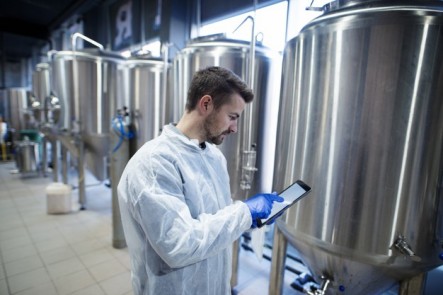
SAFFI targets food for EU’s 15 million and China’s 45 million children under the age of three. It aims at developing an integrated approach to enhance the identification, assessment, detection and mitigation of safety risks raised by microbial and chemical hazards all along EU and China infant food chains. SAFFI will benchmark the main safety risks through an extensive hazard identification system based on multiple data sources and a risk ranking procedure. It will also develop procedures to enhance top-down and bottom-up hazard control by combining management options with a panel of technologies for the detection and mitigation of priority hazards.
SAFFI will discover unexpected contaminants by predictive toxicology and improve risk-based food safety management of biohazards by omics and predictive microbiology. SAFFI will co-develop with and deliver to stakeholders a decision-support system (DSS) to enhance safety control all along the food chain. This DSS will integrate the databases, procedures and methods described above and will be a framework for a generic DSS dedicated to other food. This overall methodology will be implemented in two complementary European and Chinese mirror projects and exemplified for each, with four case studies that were selected to cover priority hazards, main ingredients, processes and control steps of the infant food chain.
Resulting databases, tools and procedures will be shared, cross-validated, concatenated, benchmarked and finally harmonized for further use in the EU and China. SAFFI will also set up training and knowledge transfer activities to foster EU-China harmonization of good practices, regulations, standards and technologies, and will cluster with other projects under the EU-China FAB Flagship initiative for continuous upgrade of food safety control. This EU-China multi-actor consortium of 20 partners involves academia, food safety authorities, infant food companies, paediatrics and technological and data-science SMEs.

